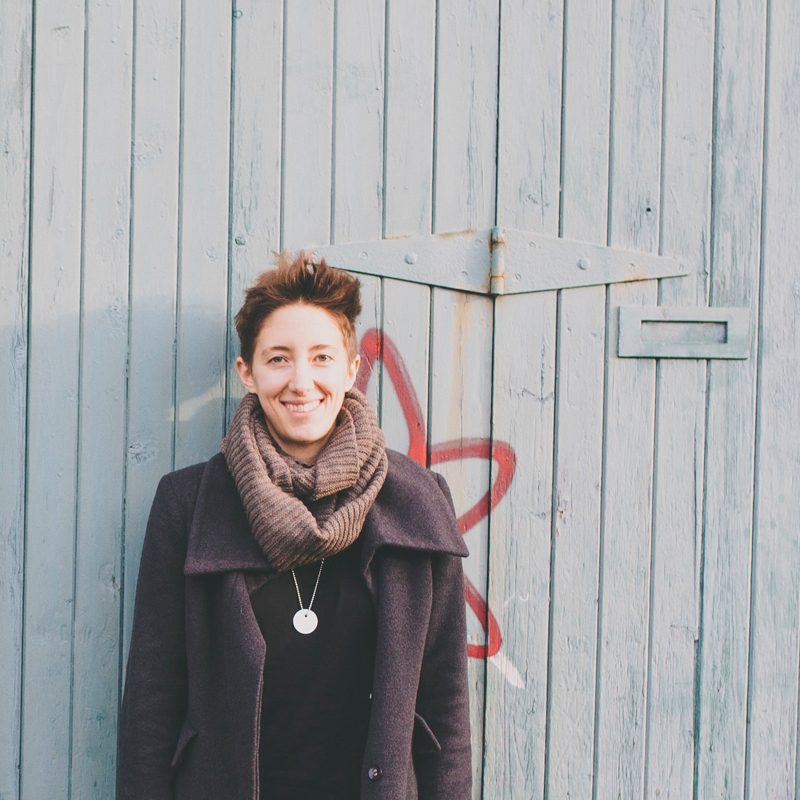You can build it, but should you?
The aim of good design is to solve difficult problems in intuitive ways, and the best solutions come from those directly affected by that problem. For this reason, questions are a foundational step in the design process. We ask questions to bridge gaps and understand deeply the problem we aim to solve—what does that problem really feel like? Questions build an understanding that, once built, lets us begin to design a solution—one which addresses the problem in an inclusive, thoughtful manner. However, one question is too often lost in this process:
“Should I build this?”
The question of who should build a product, not just if it should be built, is critical to avoiding exclusionary design. This is because, despite enormous effort, we still build exclusionary products. Design isn’t neutral, because we as people are not neutral. We are biased and products created by designers who are distanced from the problems they’re trying to solve is biased as a result—this renders those products unusable at best, and harmful at worst. This occurs despite our good intentions. For example, Airbnb didn’t set out to be racist, but its design still enabled racist behaviour. This kind of exclusion hides behind good intentions—we don’t mean to, but it still happens, and it’s still damaging.
Understanding and eradicating our own biases should be an ongoing effort. But sometimes, we are privileged enough to be so far away from a problem that we couldn’t possibly understand it. For example, imagine a group of twenty-something men trying to build an app which enables women to access sexual health information—why should they be the ones building it, when there are already folks equipped with knowledge to solve that problem? It’s time we grasped this limitation. Asking “should I build this” shines a critical-but-necessary light on the limits of our ability to stand in another person’s shoes—sometimes, it’s just not possible, and that’s okay. This isn’t due to lack of trying or intentional discrimination, but the problem simply isn’t ours. Sometimes, we’re even part of the problem. A few examples:
In cases like these, an inclusive and empathetic product can only be built by those with first-hand experience. So let’s let them. Instead of being designed by people who don’t understand, with varying degrees of success, let’s put design decisions in the hands of those who are truly, deeply, viscerally affected by these problems. Their voices are out there, and the privileged fail to listen. Instead of offering designs, we can offer skills and resources.
It’s difficult to ask this question, and difficult to do, because it means doing nothing. After all, the goal of good design (and good designers) is to help others. But it is also important to recognize our limitations, and address our biases not by continuing to design products, but by involving the marginalised and underrepresented in the building of those products. Let them build the products so that we can learn from them. Answering “no” to “Should I build this?” doesn’t mean that we cannot help—just perhaps not in the way that we’re used to. What if people of colour had actually been decision-makers in Airbnb’s design process? Those of us who can admit that the problem isn’t ours can share skills, operational knowledge, platforms, and connections. We can teach instead, and unlearn our biases in the process—rather than shipping an exclusionary solution.
Ideally, we want our software to behave like a considerate human being and sometimes, that consideration means stepping back. No, it isn’t easy, but sometimes the best product we can build is no product. Instead, we can ask design questions without a solution as the endgame. The best way to make design inclusive is sometimes to not design at all.

